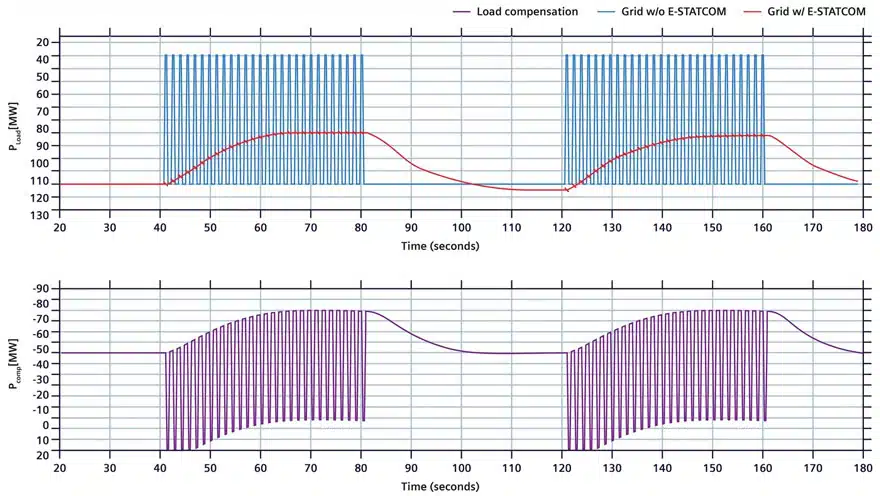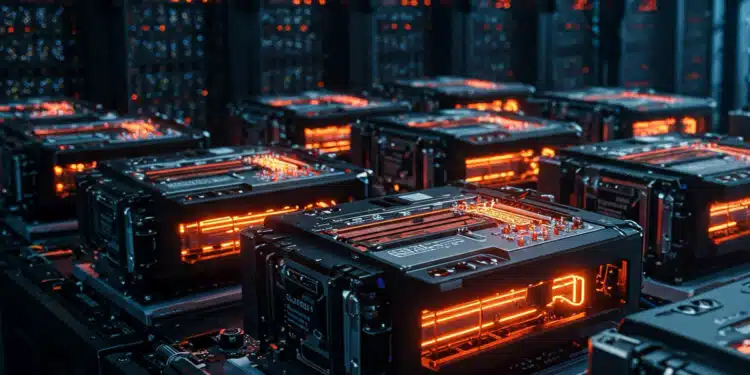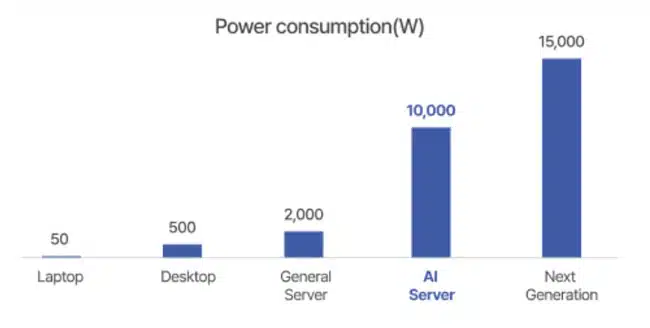To address AI-induced energy spikes, companies are turning into integration of supercapacitors into data center infrastructure.
The rapid growth of artificial intelligence (AI) and its increasing reliance on high-powered GPUs create unique challenges for energy management in data centers.
The power consumption of AI servers is five times higher than that of general servers, creating challenging dynamic energy spike loads in addition that has to be addressed..
NVIDIA recently unveiled its latest GB300 server, which is slated for launch in the second half of 2025. A notable feature of this server is its integration of a supercapacitor into its power system design.
In AI training centers, thousands of GPUs operate simultaneously, resulting in synchronized energy spikes that can overwhelm power systems. As AI models grow exponentially in size, these energy fluctuations will become more pronounced, posing significant challenges to grid stability.
Traditional methods to manage such power surges include backup lithium-ion batteries and dummy computational tasks designed to create a steady energy demand. However, backup batteries degrade rapidly under the stress of frequent high-rate charging and discharging cycles. Dummy calculations, on the other hand, waste energy by performing unnecessary tasks solely to maintain a balanced load.
Supercapacitors emerge as a promising solution to this problem due to their ability to charge and discharge rapidly without significant degradation over time. Unlike batteries that rely on chemical reactions to store energy, supercapacitors store energy electrostatically, enabling them to efficiently handle quick energy bursts. Siemens Energy’s E-statcom, Eaton’s XLHV, and Delta Electronics’ Power Capacitance Shelf are among the products designed to manage these surges effectively.
Siemens Energy’s E-statcom can handle up to 75 megawatts per unit and has a lifespan of 12 to 20 years, providing millisecond-scale power support at the data center level. Eaton’s XLHV is compact enough to fit in a standard server rack and can deliver up to 420 kilowatts with similar longevity. Delta Electronics offers the Power Capacitance Shelf, a hybrid solution that bridges the gap between supercapacitors and lithium-ion batteries. It can support a 15-kilowatt load for up to five seconds.

These supercapacitor systems help smooth out the erratic power demands from AI workloads, promoting grid stability. This role becomes even more critical with the increasing reliance on renewable energy sources, which are inherently variable due to factors like weather conditions. By maintaining predictable loads, supercapacitors facilitate better energy planning and distribution.
Conclusion
Supercapacitors represent a transformative development in managing the energy demands of AI data centers. Their rapid response capabilities, durability, and efficiency in handling short-term power bursts make them an ideal complement to traditional energy storage solutions.
As AI models grow and renewable energy becomes more prevalent, the role of supercapacitors in maintaining grid stability will only become more vital. While not a universal replacement for all battery applications, they effectively address the unique challenges posed by AI-induced energy fluctuations.
Further reference articles:
































